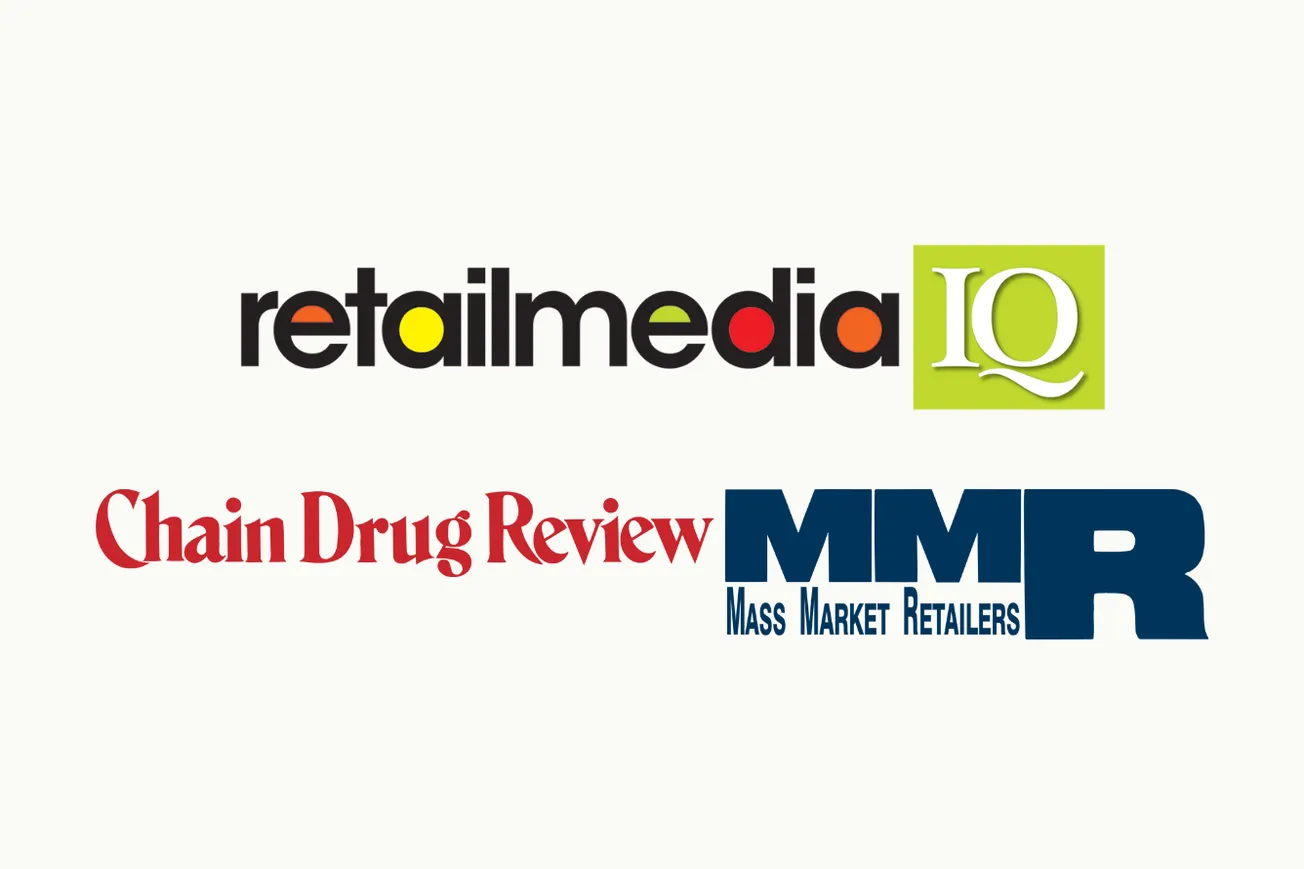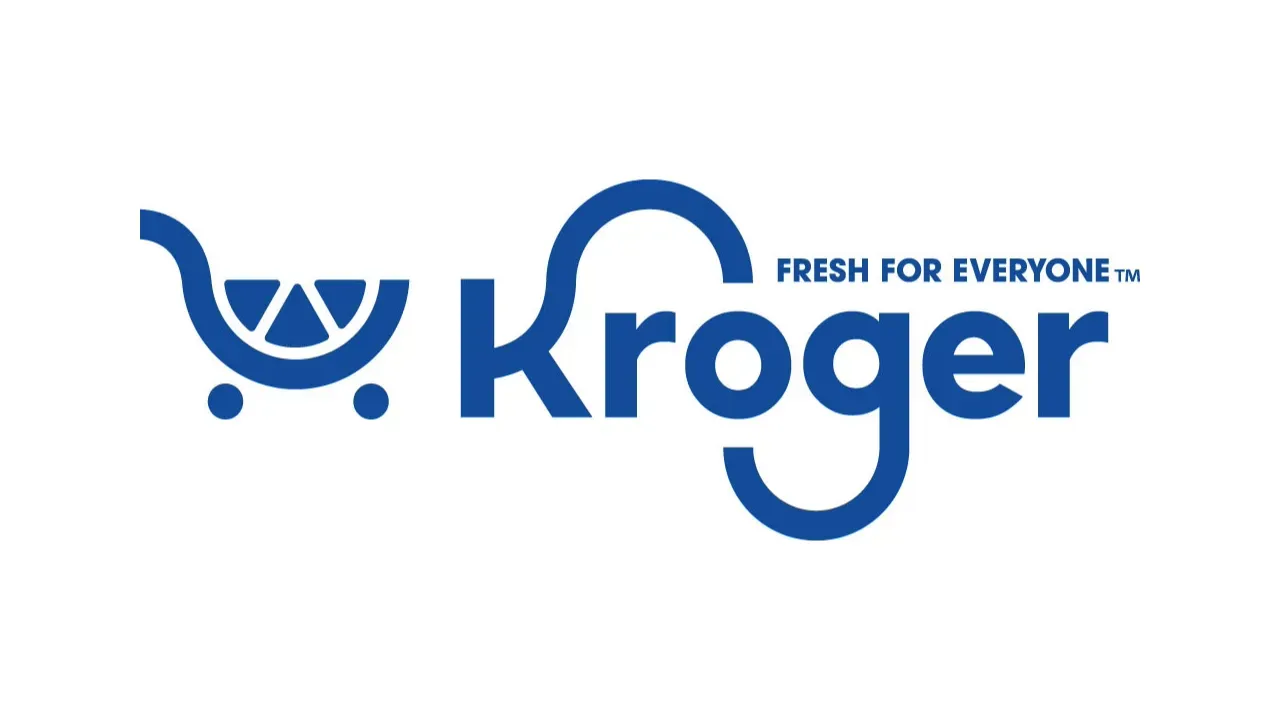WOONSOCKET, R.I. — CVS Health easily beat analysts’ sales and earnings estimates for the third quarter and again raised its full-year guidance.
The company reported adjusted earnings per share of $2.09 on revenue of $81.16 billion, which climbed 10% from a year earlier. Wall Street had expected adjusted EPS of $1.99 on revenue of $76.75 billion. It was the third straight quarter in which CVS topped earnings forecasts.
The company now projects adjusted earnings per share for the year of $8.55 to $8.65, up from the $8.40 to $8.60 range that it announced over the summer.
“We delivered another outstanding quarter, and have raised full-year guidance as a result,” said president and chief executive officer Karen Lynch. “We continue to execute on our strategy with a focus on expanding capabilities in health care delivery, and the announced acquisition of Signify Health will further strengthen our engagement with consumers.”
CVS also announced a $5.2 billion settlement of opioid litigation. CVS said the money will be paid over the next decade to states, tribes and others, and settle “substantially all” claims against it related to opioid distribution.
For the quarter ended September 30, the company incurred an operating loss of $3.9 billion compared to $3.1 billion of operating income in the prior year. The difference was primarily driven by the opioid settlement and a $2.5 billion loss on assets held for sale to write down CVS’ LTC business in the current year, partially offset by the absence of a $431 million goodwill impairment charge on the remaining goodwill of the LTC reporting unit recorded in the prior year.
Adjusted operating income increased $160 million compared to the prior year. The increase was primarily driven by increases in the Health Care Benefits and Pharmacy Services segments, largely offset by a decline in the Retail/LTC segment.
Interest expense decreased $36 million, or 6.0%, due to lower debt.
Due to the pretax loss, the company recorded an income tax benefit of 23.5%, compared to an income tax expense of 26.0% in the year-ago period. The difference was primarily due to certain nondeductible legal charges.
Retail/LTC revenues increased 6.9%, primarily driven by increased prescription and front-store volume, including the sale of COVID-19 over-the-counter test kits, as well as pharmacy drug mix and brand inflation. These increases were partially offset by decreased COVID-19 diagnostic testing and vaccinations, the impact of recent generic introductions and continued pharmacy reimbursement pressure.
The segment’s adjusted operating income decreased 18.9%, largely because of decreased COVID-19 diagnostic testing and vaccinations, continued pharmacy reimbursement pressure, as well as increased investments in the segment’s operations and capabilities. These decreases were partially offset by the increased prescription and front-store volume described above, improved generic drug purchasing and the favorable impact of business initiatives.
Prescriptions filled increased 1.8% on a 30-day equivalent basis, primarily driven by increased utilization, partially offset by a decrease in COVID-19 vaccinations. Excluding the impact of COVID-19 vaccinations, prescriptions filled increased 3.6%.
Pharmacy Services revenues increased 10.7%, boosted by increased pharmacy claims volume, growth in specialty pharmacy and brand inflation, partially offset by continued client price improvements.
The segment’s adjusted operating income increased 5.9%, driven by improved purchasing economics, including increased contributions from the products and services of the company’s group purchasing organization, partially offset by continued client price improvements.
Total pharmacy claims processed increased 3.6% on a 30-day equivalent basis. The increase was primarily driven by net new business and increased utilization, partially offset by a decrease in COVID-19 vaccinations. Excluding the impact of COVID-19 vaccinations, total pharmacy claims processed increased 4.5%.





